In February this year, scientists announced they had detected gravitational waves for the first time. It was the biggest thing in physics since the discovery of the Higgs boson.
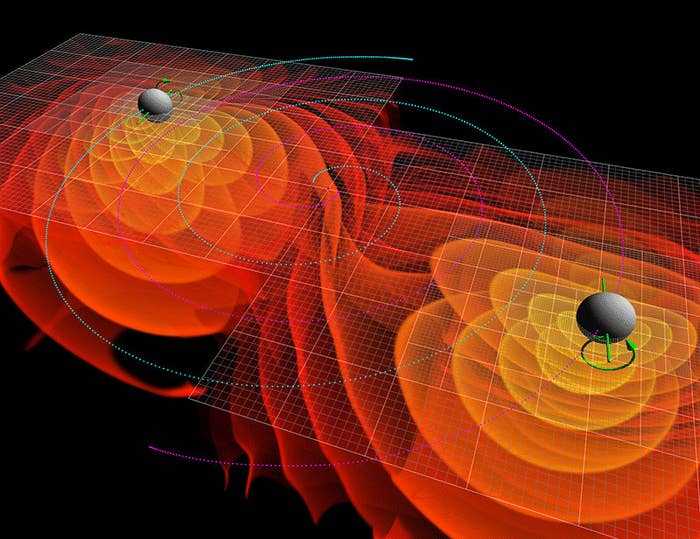
Gravitational waves were predicted in Albert Einstein's theory of general relativity in 1915, but weren't actually first observed until last year, a full 100 years later.
They're ripples in space itself that happen whenever two or more physical objects gravitationally interact with each other – but they're usually far, far too small to detect, which is why no one had seen them before.
When a gravitational wave passes through an object, that object appears to contract or expand by an unimaginably tiny amount – smaller than the width of an atom.
Their discovery was not only a beautiful confirmation of Einstein's theory, but also opened up a whole new way of doing astronomy: using these waves to look at the universe like ordinary telescopes use light.
The waves that were detected were caused by the collision of two black holes more than a billion light years away.
Black holes – collapsed stars – are enormously dense and massive, so they have extremely strong gravitational pulls. That means that when they collide, they cause gravitational waves that are large enough to detect.
The waves were spotted by two enormous, incredibly sensitive detectors, part of the Laser Interferometer Gravitational-Waves Observatory (LIGO).
There's one in the US state of Washington and one in Louisiana. Each LIGO detector is 4km long and L-shaped. They work by shining a laser along the length of each arm of their L. When a gravity wave passes, it stretches one arm and shrinks the other, and the laser is able to detect the tiny change.
LIGO and its European counterpart, Virgo, have now spotted a second pair of black holes colliding.
They're a bit smaller this time – 14 and 8 times the size of the sun. Both the black holes in the original detection were about 30 times the size of the sun. Because the second pair are smaller, they orbited each other for longer. The first signal was only detected for about a fifth of a second – this one was visible for almost a whole second, in which the two holes spiralled around each other 27 times.
The research, by scientists at several universities in the US, Australia, and Europe, was published on Wednesday in the journal Physical Review Letters.
Now, scientists say, they can start using the waves to observe the universe.
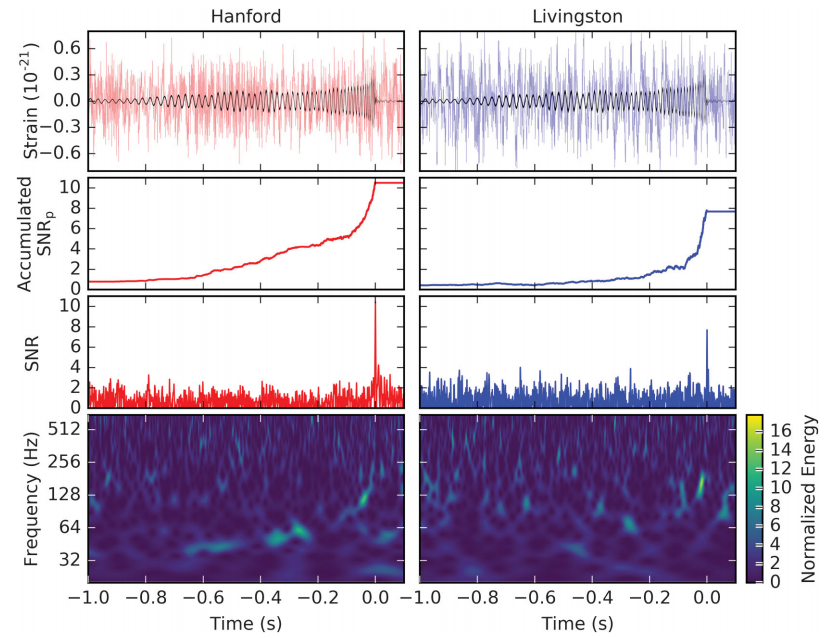
"That's what I consider the most interesting aspect of this second detection," Professor Federico Ferrini, director of the European Gravitational Observatory and part of the research team, told BuzzFeed News. "The first one was fantastic, after 100 years of searching. But this second event shows that it wasn't just a serendipitous thing. Now we are doing serious science. It's a new astronomy."
Professor Graham Woan, an astrophysicist at Glasgow University who also worked on the research, told BuzzFeed News: "There's always a chance when you first detect something that it's just a fluke. This proves it wasn't. It shows that we can expect to see a lot more of these things. This is real astronomy."
That's because gravitational waves can reveal things that light can't – most obviously, black holes.
A black hole's gravity is so strong that even light can't escape, so black holes are essentially impossible to see with telescopes. But they do give off gravitational waves.
"Light's always been how we do astronomy," Professor Jo Dunkley, an astrophysicist at Oxford University who didn't work on the experiment, told BuzzFeed News. "Everything we know about space, we've got from light. This can show the stuff you can't see with light.
"This is a really big deal. It's really exciting."
And that means scientists can start to see how common black holes are in the universe, which in turn will tell them about how stars and galaxies form.
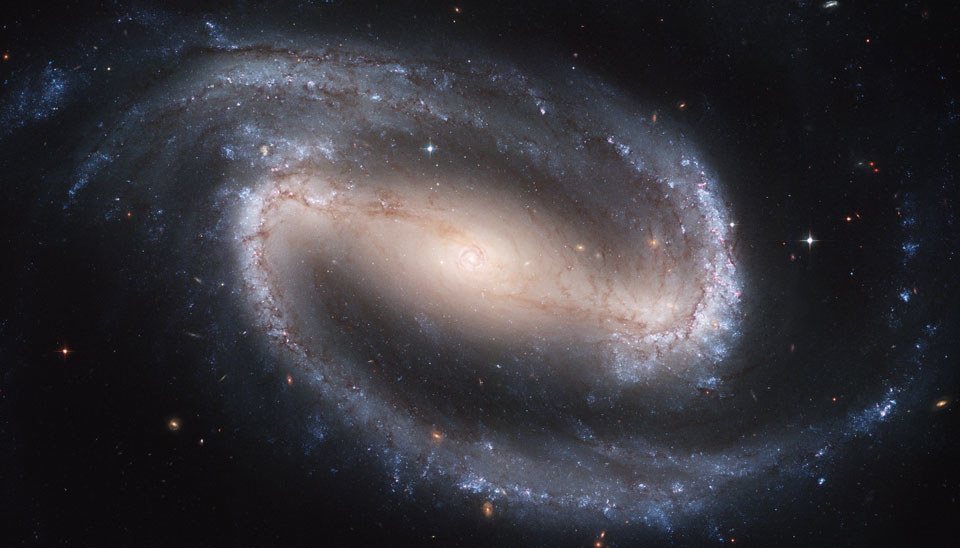
Black holes can only be formed by stars above a certain size – about three times the mass of the sun. So if you can see a lot of black holes, it means there must be a lot of big stars in the universe.
What's more, looking out into space is the same as looking back in time. When you look at a star that's a light year away, you're seeing it as it was a year ago. That's true whether you're looking at it with light or with gravitational waves. The more recent pair of black holes collided 1.4 billion years ago, but the waves didn't reach Earth until December 2015.
That means that it tells you things about the universe as it was a long time ago. So if LIGO and Virgo go on to detect a lot of black holes even further away – say 10 billion light years – then it will tell scientists that there were a lot of large stars even in the early universe. "The number of black holes tell us about how stars are formed, about the number of very massive stars, about the first population of stars," says Ferrini.
It's not just black holes. The detectors can be used to detect neutron stars, which are sort of like black holes' less massive cousins.
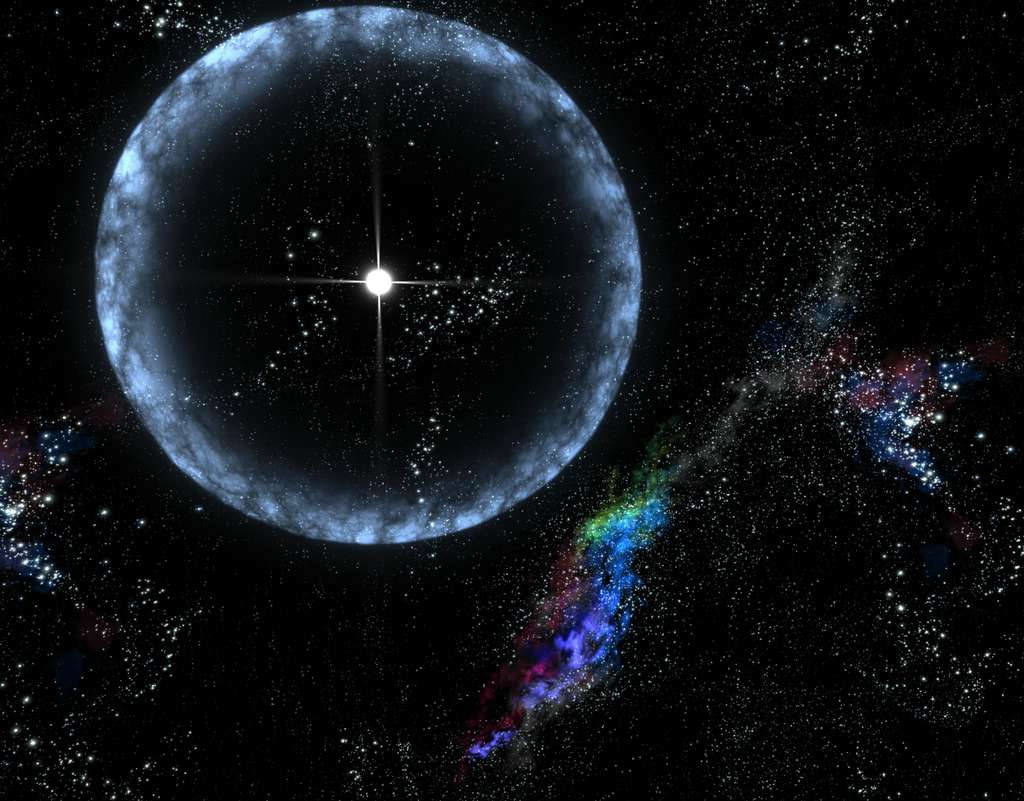
"One of our primary targets is the collision of neutron stars, which are a bit like black holes but a bit less dense," says Woan. "You need a fair amount of material in a star for it to collapse into a black hole.
"But smaller stars don't collapse all the way – a force just stops it and they form neutron stars. They're incredibly dense – maybe 20km across, but three times as heavy as the sun."
That's interesting because neutron stars, unlike black holes, can be seen with light. So you can use observations from LIGO and Virgo in conjunction with observations from ordinary telescopes.
"There’s a chance that we may see two merging neutron stars both gravitationally and electromagnetically [with light]," says Woan, which could confirm a hypothesis that certain bursts of high-energy "gamma ray" radiation from space are caused by colliding neutron stars. "That’s this whole new field of multi-messenger astronomy, bringing together observations from gravitational observatories and light observatories."
The waves can also tell how black holes are spinning. And that tells you a bit about the stars they started life as.
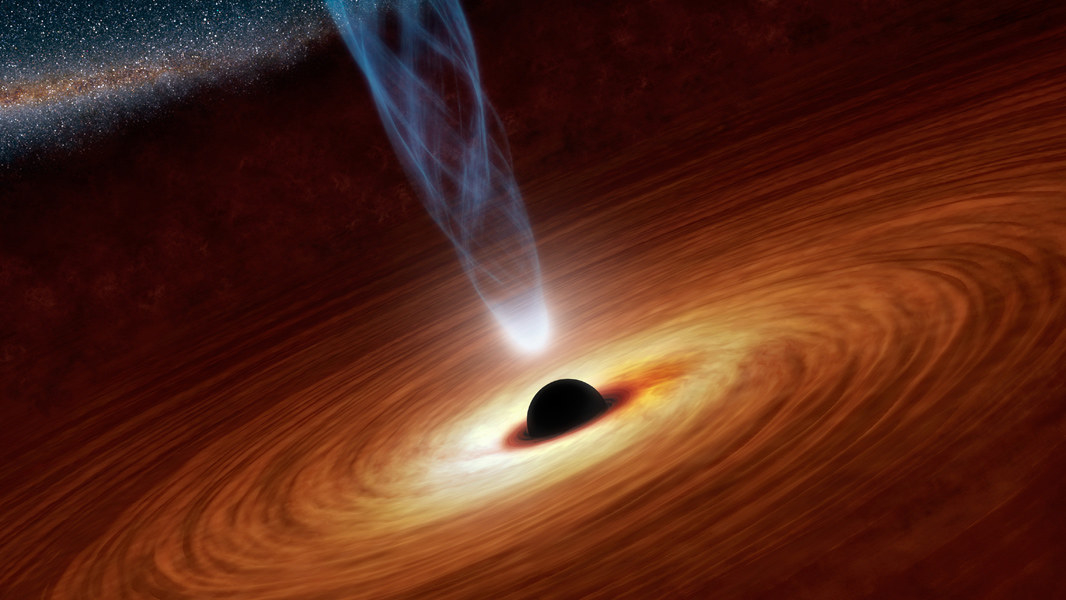
"If the two black holes in a collision are spinning on the same axis," said Woan, "that makes you think they're formed from a common source – two massive stars in the same system, say.
"But if the spins are randomly oriented, it could be that it's just a chance interaction," that the two black holes just bumped into each other while wandering through space.
All that's in the future. But the scientists are extremely excited, because seeing two of these collisions in quick succession means they're probably relatively common. So it shouldn't take that long to learn lots more.
"It's not unreasonable to expect to see 10 more events like this [when LIGO and Virgo turn back on towards the end of this year]," said Woan. "It's an amazing thing, when you think about how cataclysmic and enormous these events are. But the universe is a big place."
"If we’ve seen two really significant events in three months of observations, it means the signals are coming all the time," said Dunkley. "It was always unlikely that the first one was a one-off, but still, you want to see regular events.
"It’s clear this is just the start. Now we can start doing real astronomy."
CORRECTION
The LIGO detectors are in Washington and Louisiana. An earlier version of this piece described them as being on the East and West coasts.

